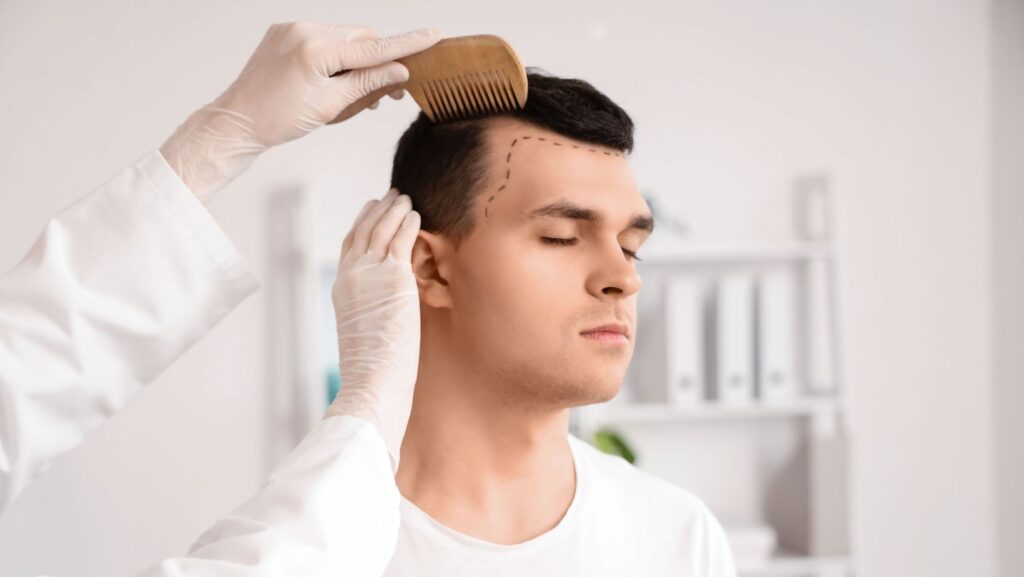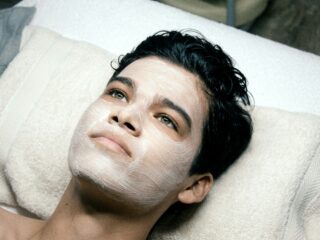
Hair loss is a reality for millions of men worldwide, impacting not only their appearance but also their self-confidence. The search for effective solutions often leads men to explore advanced hair restoration options. For those in bustling urban centers, hair restoration in New York offers access to some of the most cutting-edge treatments and experienced professionals. These treatments cater specifically to the unique patterns of male hair loss, restoring not just hair but also a sense of confidence. This guide delves into the different types of male hair loss and how modern hair transplant techniques can address them effectively.
Understanding Hair Loss in Men
Hair loss in men typically occurs in distinct patterns, with androgenetic alopecia, or male-pattern baldness, being the most common. This hereditary condition is triggered by sensitivity to DHT (dihydrotestosterone), a hormone that gradually shrinks hair follicles. As the follicles weaken, hair becomes thinner and eventually stops growing altogether. Male-pattern baldness usually begins with a receding hairline and thinning at the crown, often progressing to more extensive hair loss if left untreated.
However, male-pattern baldness is not the only type of hair loss men face. Other forms include:
• Diffuse Thinning: This type of hair loss involves an even reduction in hair density across the scalp. It is often linked to stress, nutritional deficiencies, or medical conditions and can exacerbate pre-existing male-pattern baldness.
• Alopecia Areata: This autoimmune condition causes sudden, patchy hair loss. While its progression can be unpredictable, hair transplants may be an option if the condition stabilizes.
• Traction Alopecia: Resulting from prolonged tension on the hair due to tight hairstyles or braids, this form of hair loss can be permanent if not addressed early.
Recognizing the type and cause of hair loss is critical to determining the right treatment. Consulting with a specialist ensures that each case is handled with a tailored approach, maximizing the potential for successful restoration.
Why Hair Transplants Are a Preferred Solution
For men experiencing significant or progressive hair loss, hair transplants offer a proven and permanent solution. Unlike temporary fixes such as medications or hairpieces, transplants utilize the patient’s own healthy hair follicles to rebuild density and coverage in areas of thinning or baldness.
Natural Results
One of the greatest advantages of modern hair transplants is their ability to deliver incredibly natural-looking outcomes. Skilled surgeons design hairlines that are both aesthetically pleasing and proportional to the patient’s facial features. Each follicle is strategically placed to mimic the natural angle and direction of hair growth, ensuring seamless integration with existing hair.
Long-Term Benefits
Hair transplants are effective because they utilize donor follicles from areas resistant to DHT. Once relocated, these follicles retain their resilience, allowing for lifelong growth in their new location. This makes hair transplants a one-time investment with enduring results.
Enhanced Confidence
Hair loss often affects how men perceive themselves, leading to diminished confidence in social and professional situations. Restoring a full head of hair can dramatically improve self-esteem, allowing men to present their best selves to the world.
Customizing Hair Transplants for Different Patterns of Hair Loss
Every man’s hair loss journey is unique, requiring personalized strategies to ensure optimal results.

Hair transplant techniques are tailored to address specific patterns of hair loss:
Receding Hairline
A receding hairline is one of the earliest and most noticeable signs of male-pattern baldness. Restoring this area requires careful planning and artistic precision. Surgeons design a hairline that appears natural and complements the patient’s age, face shape, and hair texture. The placement of grafts ensures that the new hairline looks realistic and ages gracefully.
Thinning Crown
Thinning at the crown presents unique challenges due to the circular growth pattern in this area. To achieve natural results, surgeons use specialized techniques to replicate this whorl, ensuring even and realistic coverage. The placement of grafts in this region requires both precision and an understanding of the scalp’s natural growth dynamics.
Diffuse Thinning
Men with diffuse thinning benefit from a combination of hair transplants and supportive therapies. While transplants restore density in targeted areas, treatments like PRP (platelet-rich plasma) therapy or medications such as minoxidil and finasteride can stabilize ongoing thinning. This dual approach ensures both immediate and long-term benefits.
Patchy Hair Loss
For men experiencing patchy hair loss due to conditions like alopecia areata, hair transplants can fill in sparse areas once the condition has stabilized. Surgeons carefully evaluate the affected areas to ensure uniform results that blend seamlessly with existing hair.
The Hair Transplant Process
Understanding the steps involved in a hair transplant can help patients feel prepared and confident about the procedure. Here’s an overview:
Pre-Procedure Planning
The first step in a successful hair transplant is a thorough consultation. During this phase, the surgeon evaluates the patient’s hair loss pattern, assesses the donor area, and creates a personalized treatment plan. This includes determining the number of grafts needed and outlining a strategy for optimal placement.
Extraction Techniques
Hair follicles are harvested from the donor area, typically the back or sides of the scalp. Two primary methods are used:
• Follicular Unit Extraction (FUE): This method involves extracting individual follicles using a specialized tool. FUE is minimally invasive, leaving no visible scars, and is ideal for patients who prefer short hairstyles.

• Follicular Unit Transplantation (FUT): In this technique, a strip of scalp is removed, and individual follicles are dissected from it. FUT is often recommended for patients requiring a large number of grafts in a single session.
Implantation
Once the follicles are prepared, they are implanted into the recipient area. Surgeons pay close attention to the angle, direction, and density of each graft to ensure a natural outcome. This meticulous process is critical to achieving seamless integration with existing hair.
Recovery and Results
The recovery process following a hair transplant is typically straightforward. Most patients can resume daily activities within a week, though strenuous exercise should be avoided for two weeks to promote healing. Initial shedding of the transplanted hair (known as shock loss) is normal and temporary, paving the way for new growth.
New hair growth typically begins around three to four months post-procedure. By six to nine months, patients notice substantial improvements, with full results visible within 12 to 18 months. The transplanted hair requires no special maintenance and can be treated like natural hair, providing lasting convenience and confidence.
Renewing Confidence with Hair Restoration
For men dealing with hair loss, hair transplants offer a life-changing opportunity to restore not just their hair but also their confidence. By addressing the unique patterns of male hair loss and leveraging advanced techniques, modern hair restoration provides natural, enduring results. Men can embrace a renewed sense of self-assurance and look forward to a future where they feel their best.











